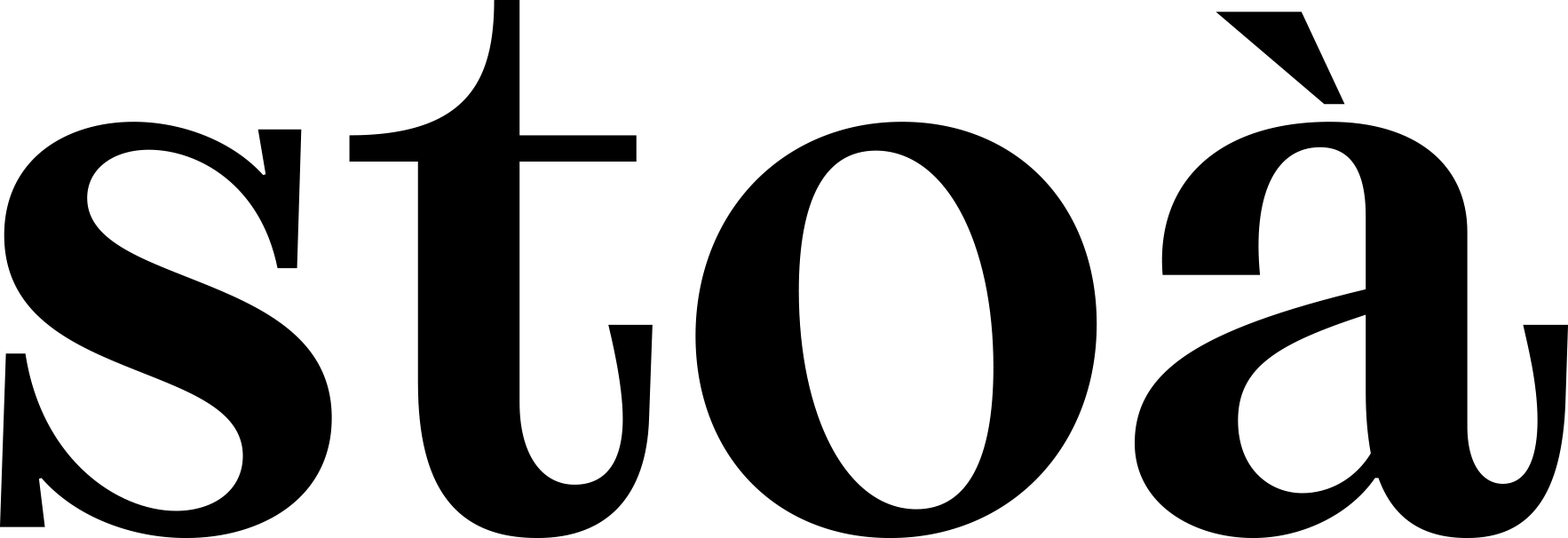︎︎︎ Call for Abstracts
Stoà Journal n. 16, year IV, 2/3, Summer 2026
OBIETTIVI, OBJECTIVES
The proposed reflection focuses this time on the why
rather than the how: not so much, or not only, on the tools and teaching methods that structure architectural design education, but rather on the objectives for which those same methods are conceived and those tools employed. Such objectives, while on the one hand defined in terms of professional competences by a set of local, national, and supranational regulations, on the other hand concern – culturally and intellectually – the very idea of the architect and of architecture that is to be conveyed. They thus call into question the capacity of academic institutions and the scientific communities that sustain them to contribute to the definition of this idea.
What is the idea of the architect that lies at the core of a school’s cultural identity, of the structure of its curriculum, or of the conception of its design studio? The answer is
far from simple, not only because of the growing influence
of transformative pedagogy and progressive education, which have complicated the traditional role of the reflective practitioner, but also due to the social, economic, and cultural changes that, day after day, reshape the meaning of the architect’s role and the designer’s work in contemporary society.
Climate and environmental crises, social transformations and conflicts, the fragmentation and precarization of the labour market, and the emergence of new forms of intellectual engagement and civic participation are all issues that, establishing themselves as new parameters for design practice, define new objectives for the education of the architect. The forthcoming issue of the journal, through
a survey of ongoing teaching practices and pedagogical experiences, will explore varying degrees of redefinitifion of formative objectives, as well as diverse modes of practical implementation.
In this framework, three thematic directions are proposed as fields for critical reflection:
Objective as purpose
Architect, designer, practitioner, facilitator, intellectual: schools of architecture today are no longer monolithic in identifying a single reference role as the goal of higher education. What models are currently dominant, and which should we look toward for the future? What new professional competences should be considered, and with which additional disciplinary domains will collaboration be required? What is the impact of transformative pedagogy on the identification of a clearly defined role?
Objective as means
Formative objectives and teaching methods are closely related, if not co-dependent. As objectives evolve, how do corresponding teaching modes change? What educational curricula should be introduced today? Which pedagogical methodologies should be recovered or experimented with
in relation to these new objectives? To what extent can the contribution of other disciplines support and structure this process of evolution?
Objective as tool
The objective does not represent only an ideal purpose, but, as a reference model, can also function as a tool for operative teaching that may take on different forms. In what terms can the redefinition of objectives become a generative factor in the design of didactic exercises? What is the operative role of reference models in this regard, and what timeframes of consolidation and pedagogical experimentation are required in light of the results progressively achieved?
We are interested in contributions that specifically engage with:
→ recognizing common traits in contemporary international pedagogical experiences;
→ exemplifying, through their conceptualization, specific didactic experiences, through reports, dialogues and interviews with internationally renowned professors, capable of becoming synthetic and effective expressions of a teaching know-how;
→ tracing a limit that can be shared by the scientific community, within which to critically “position” ideas and (didactic) projects.
Abstracts in English or Italian (max. 1500 characters, with one keyword before the title), three images and a biography of 350 characters for each author should be submitted (in .doc file) to: redazione@stoajournal.com
︎︎︎Download the call
︎︎︎Editorial Norms
︎︎︎Deadline: 01/12/2025
Accepted abstracts will be announced by 15/12/2025.
Abstracts will not be accepted from authors whose contributions have already been published in stoà 11, 12, 13, 14 and 15.
The call is open to PhD students, researchers, professors and all scholars academically involved in teaching architecture.
Contributions accepted for publication in the printed journal are expected by 02/03/2026 in the form of a scientific essay, accompanied by notes, bibliography and images, for a maximum of 22,000 characters (spaces, notes and bibliography included) and 7 images/pictures (of which you own the copyright of if they are free for use).
The proposed article must be original in its content. It should have not been published in another print or digital journal or book.
Accepted essays in their final version will undergo a process of Double-Blind Peer Review.
stoà is a Class A scientific journal for the sectors 08/D1 Architectural Design and 08/E2 Restoration and History of Architecture (Resolution No. 49 by the National Agency for the Evaluation of Universities and Research Institutes - ANVUR, 20 02 2025) and a scientific journal for non-bibliometric areas 08 - “Civil Engineering and Architecture” (Resolution No. 184 by the National Agency for the Evaluation of Universities and Research Institutes - ANVUR, 27 07 2023).
